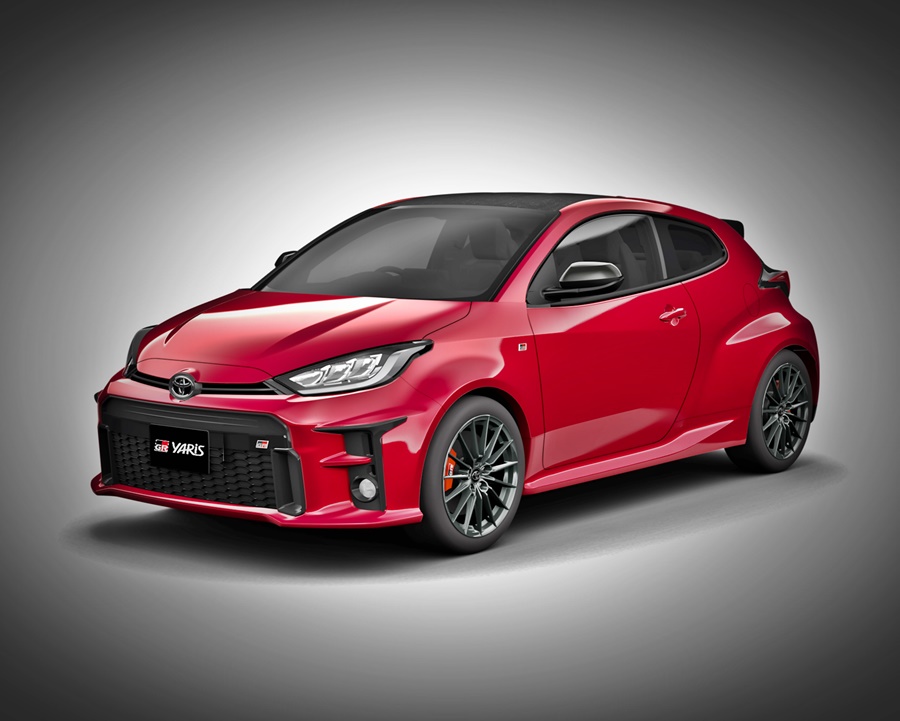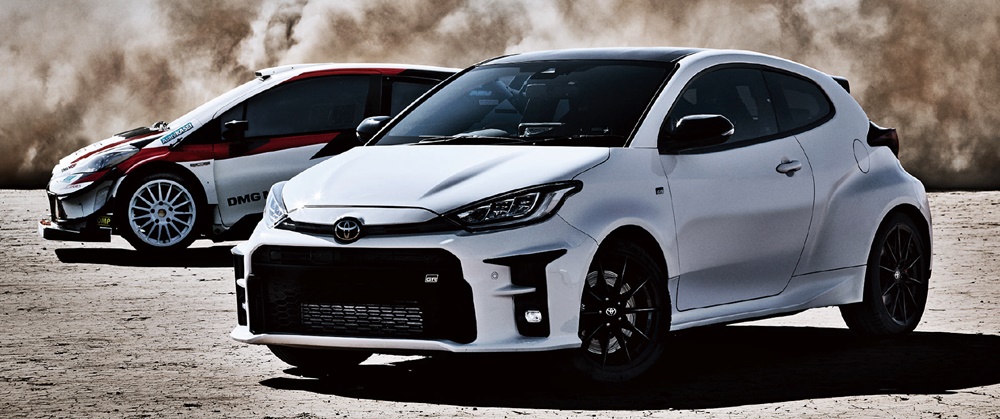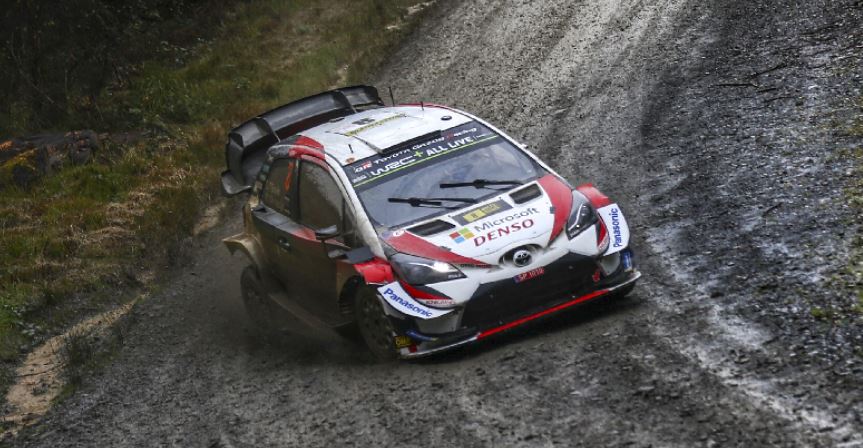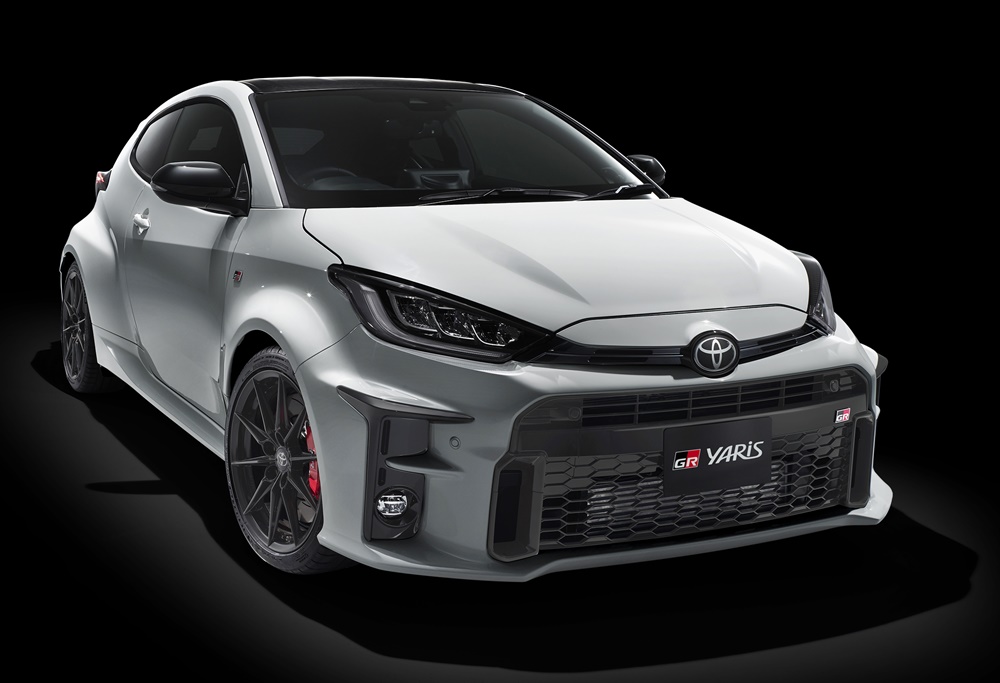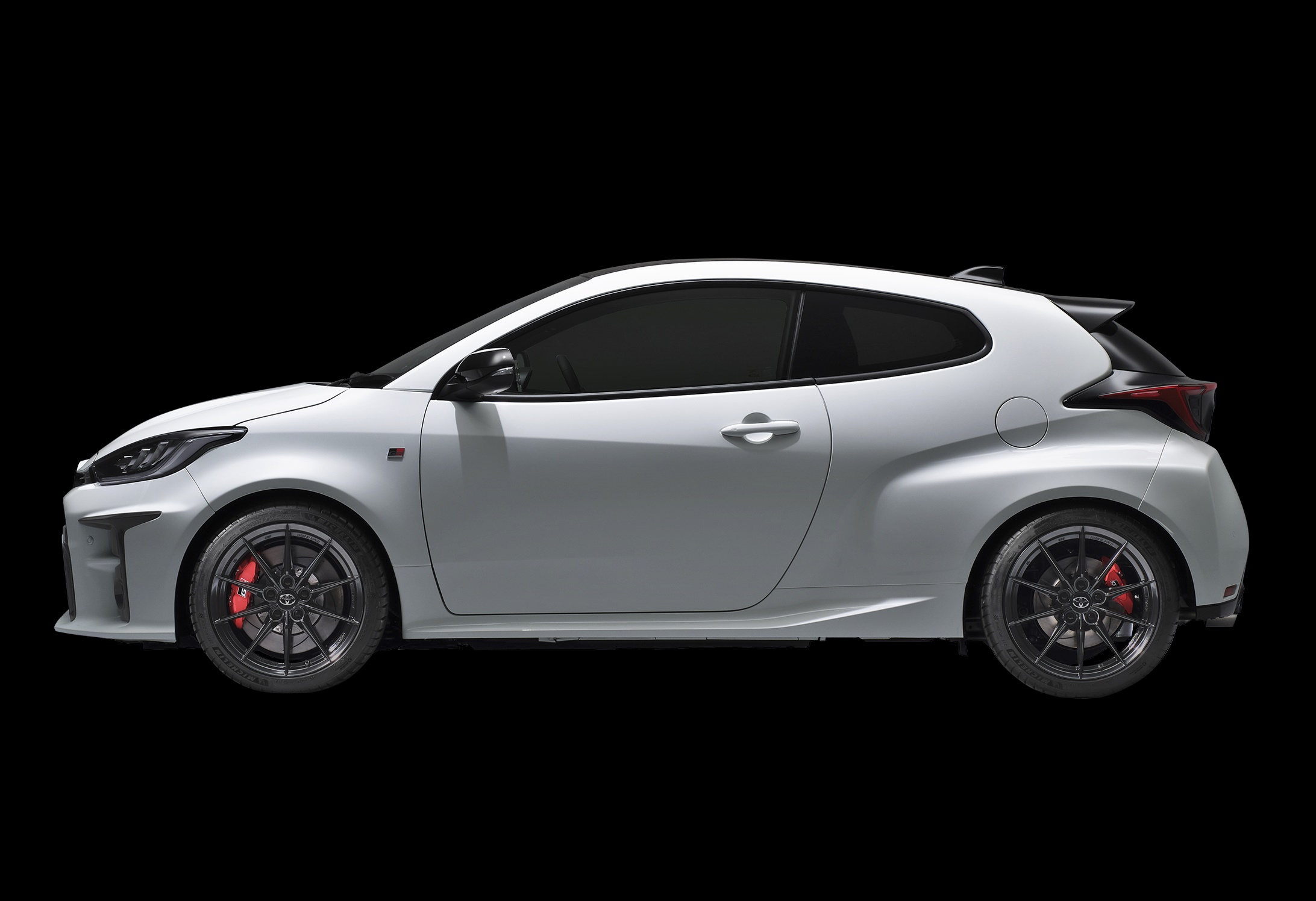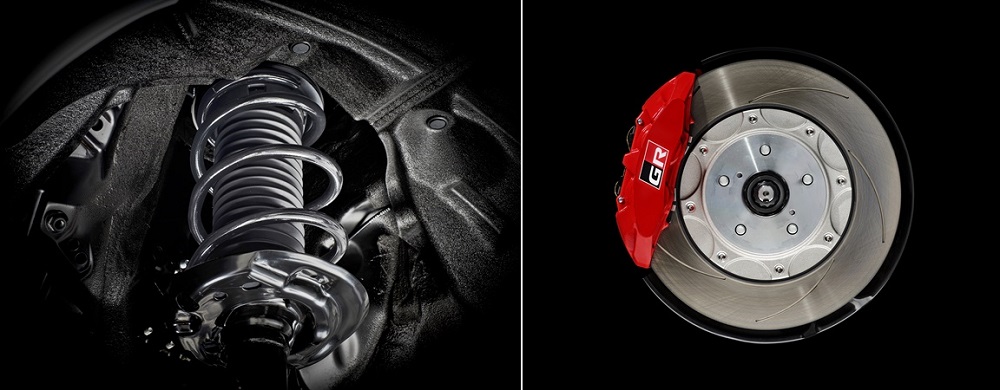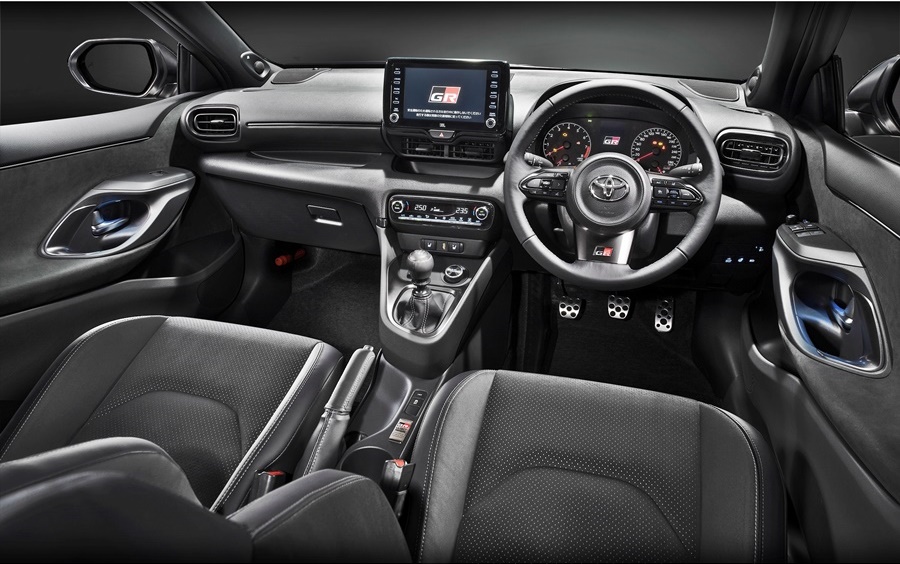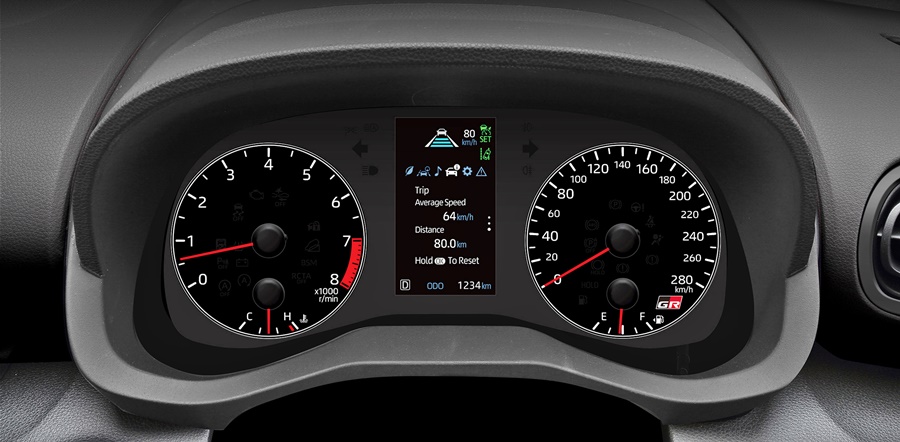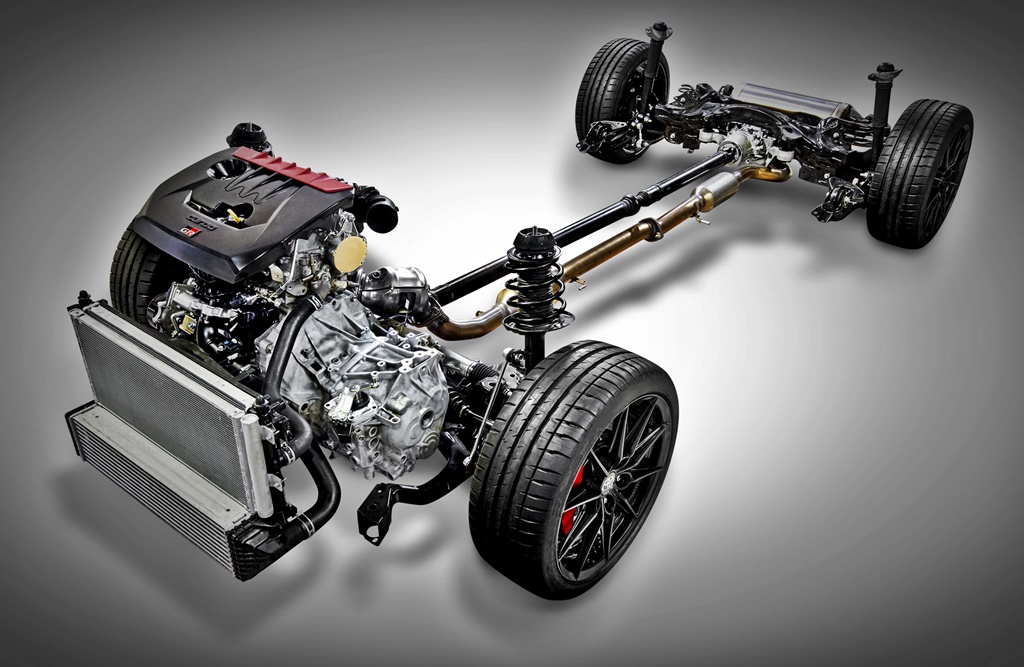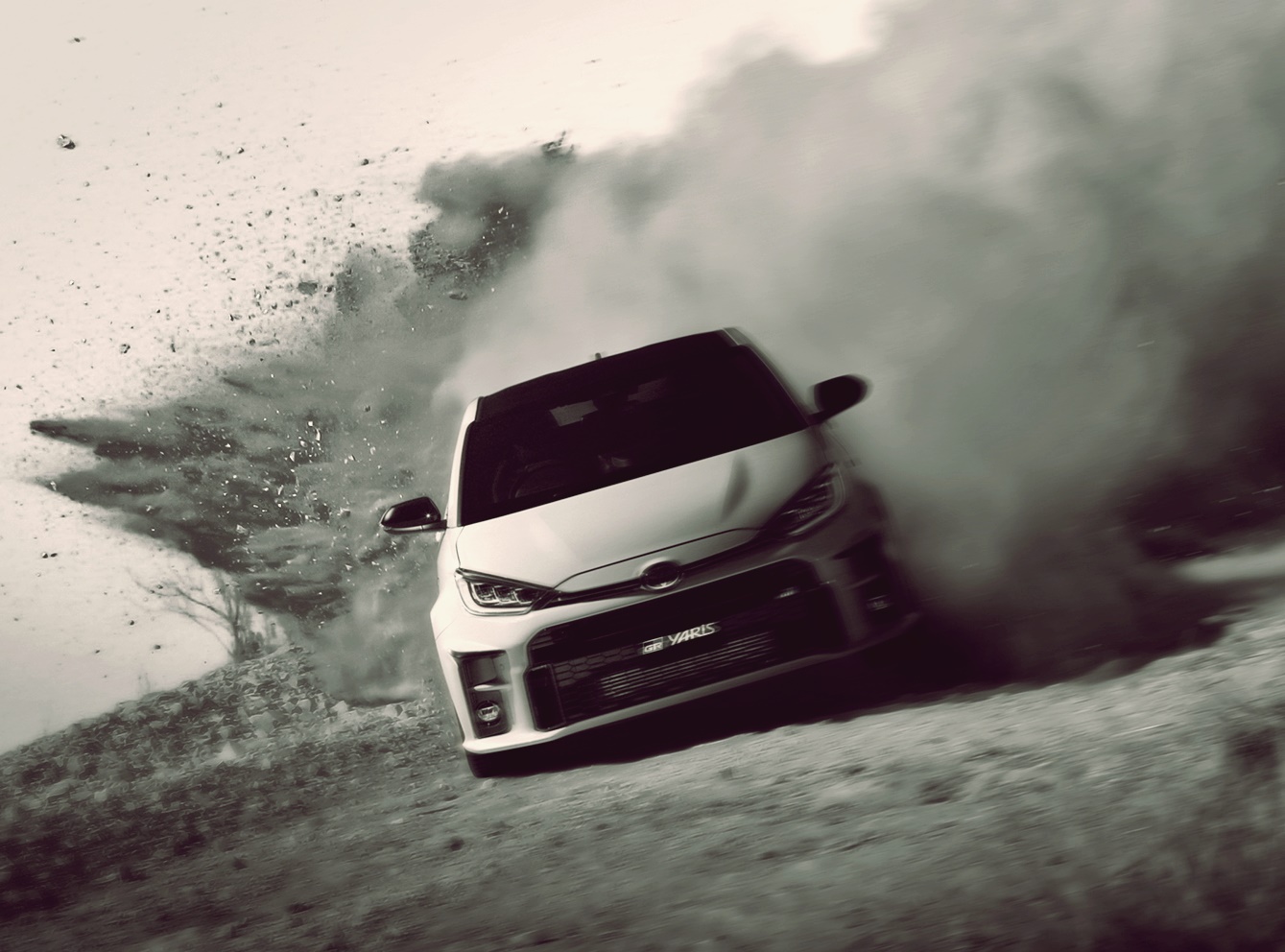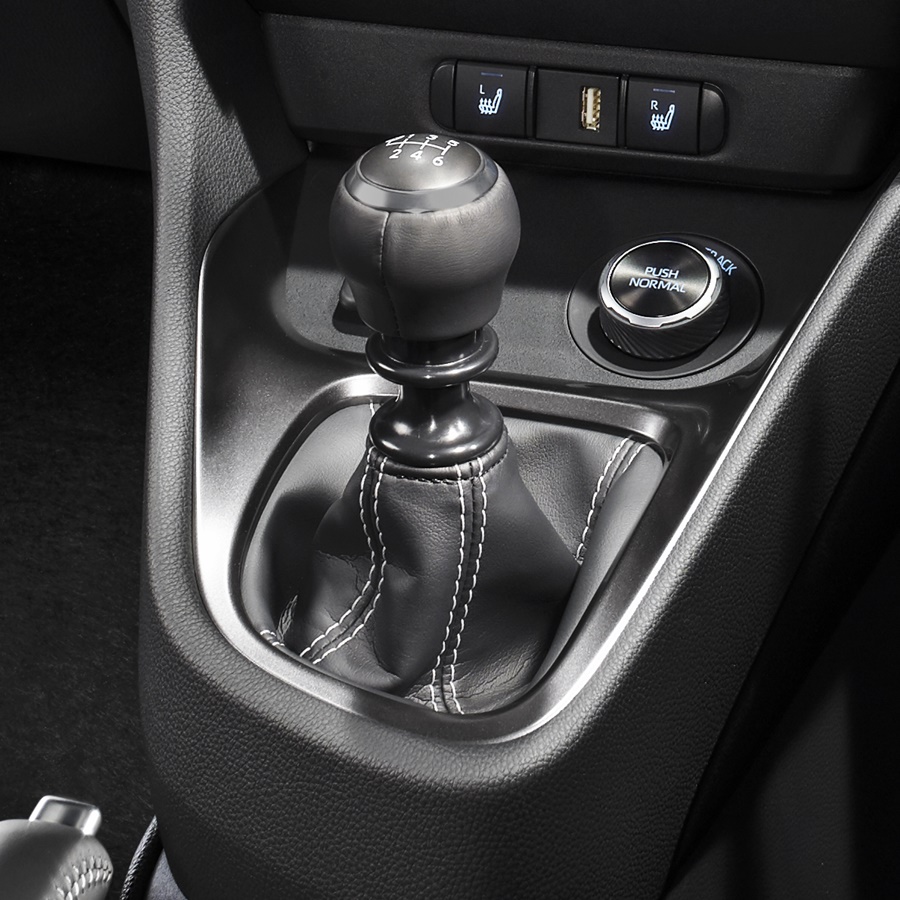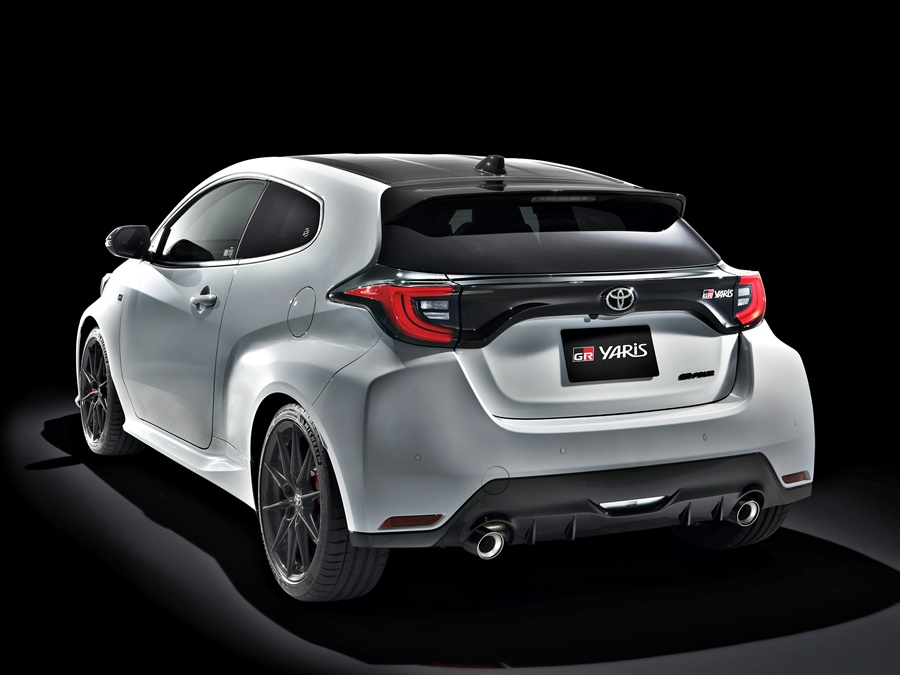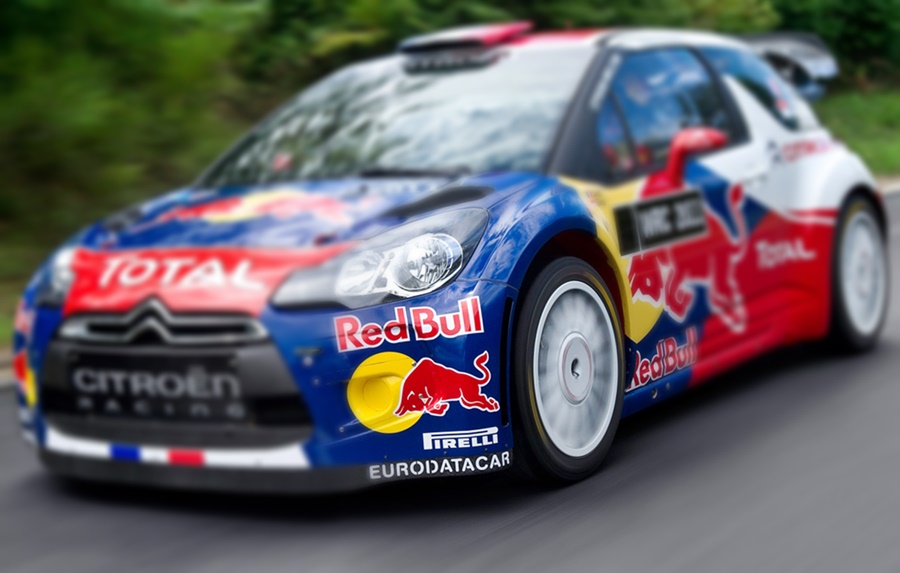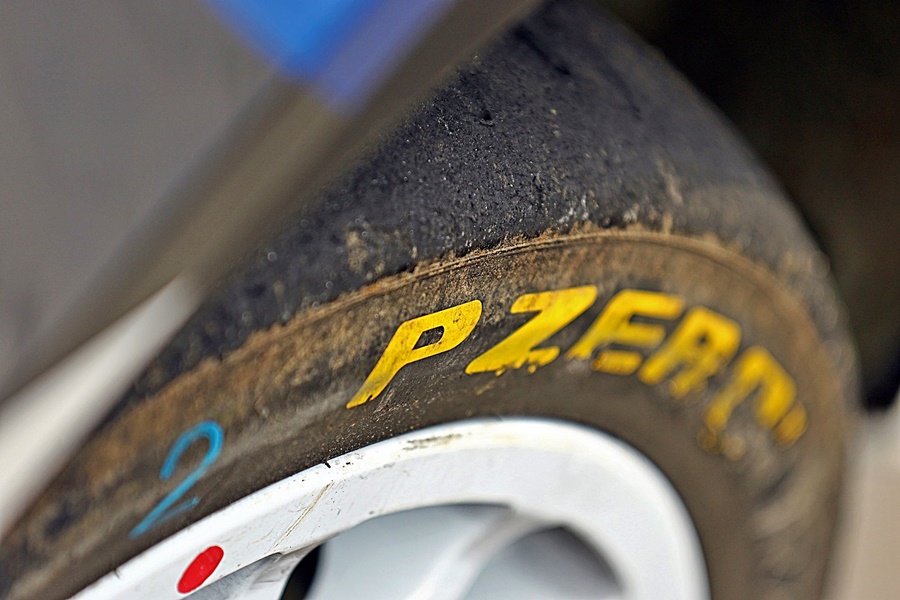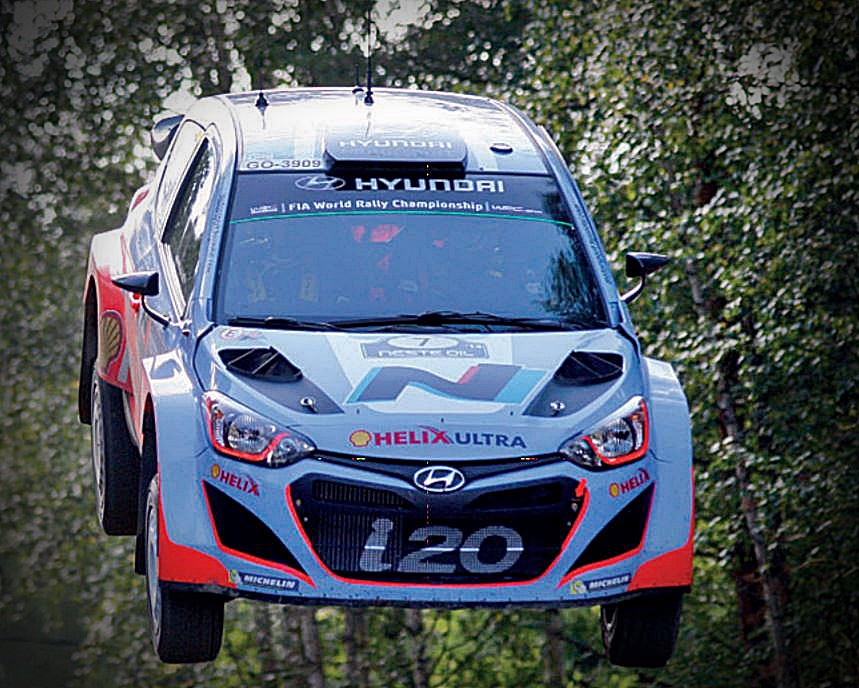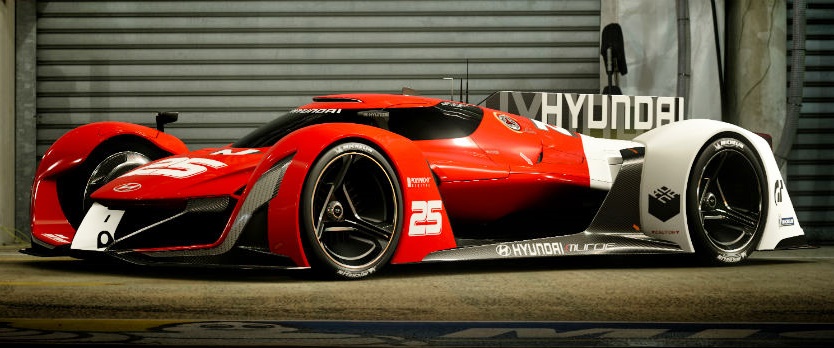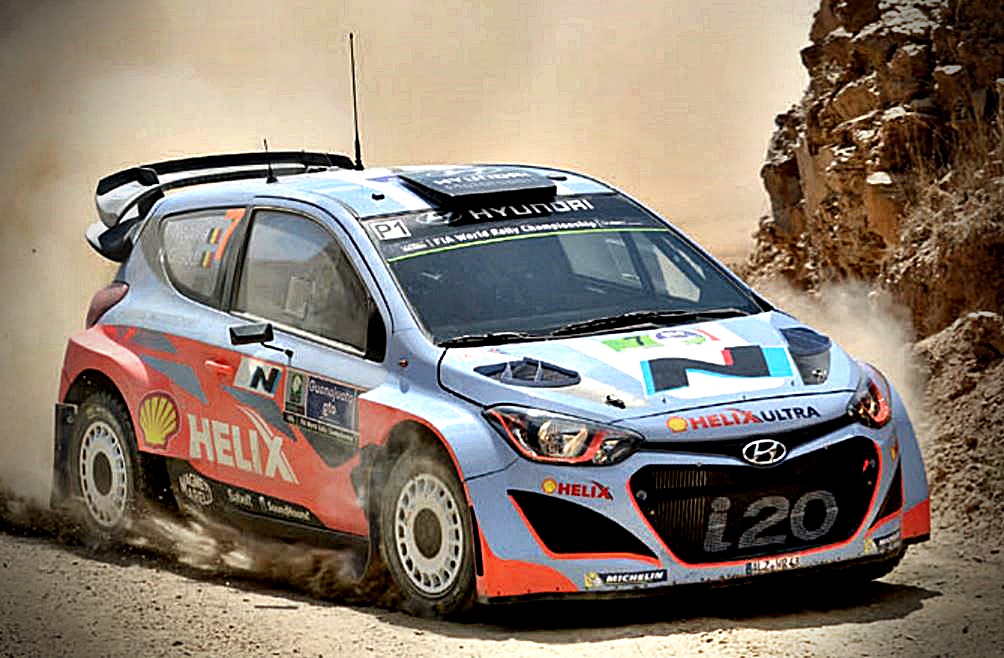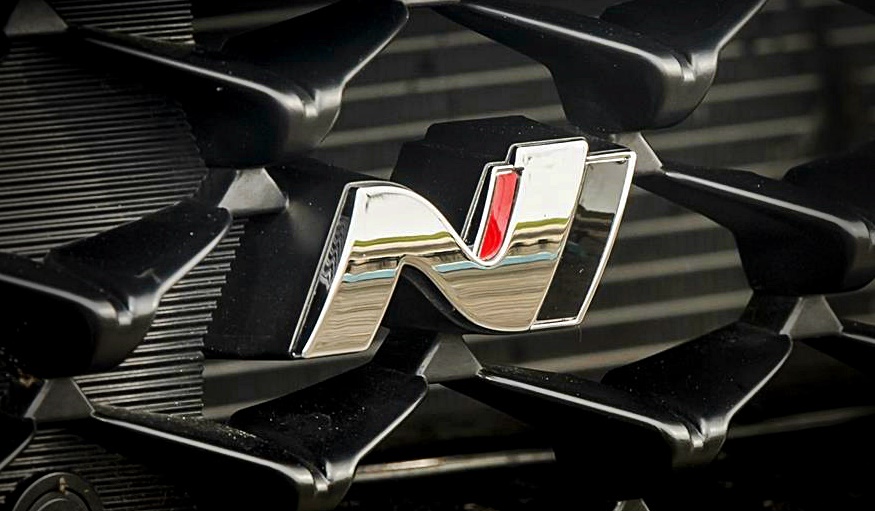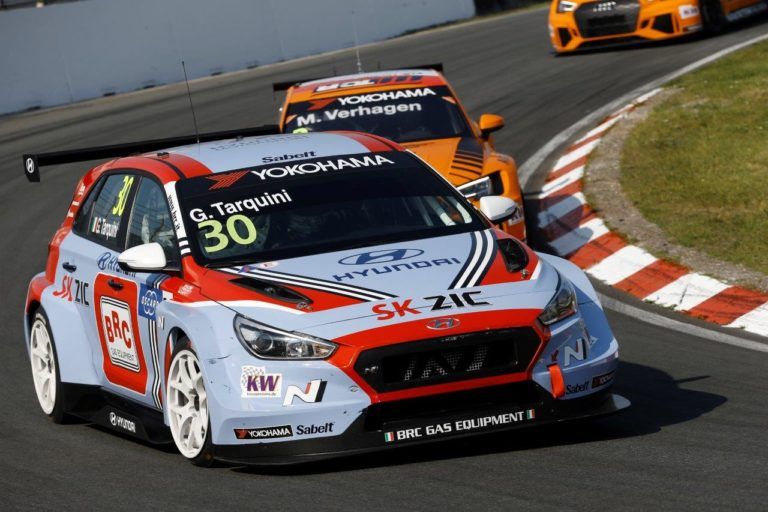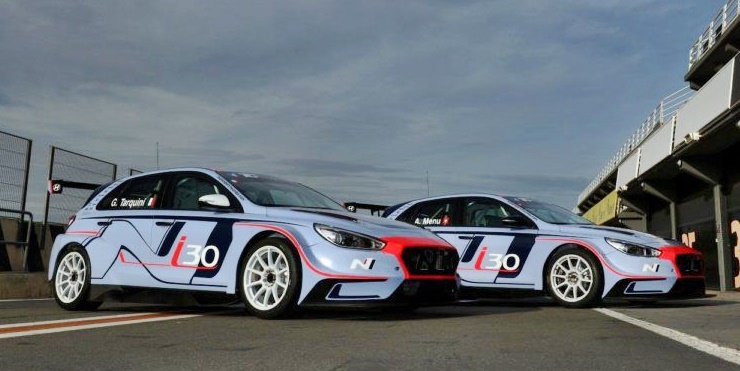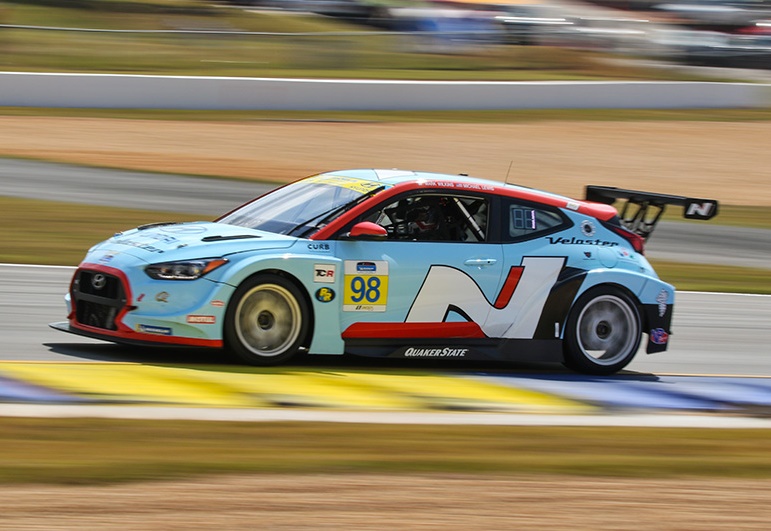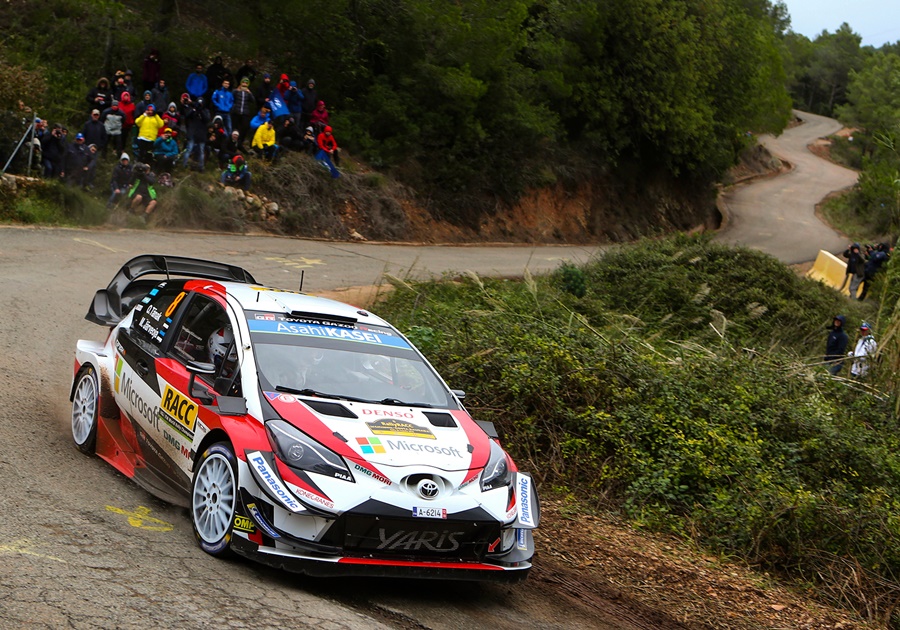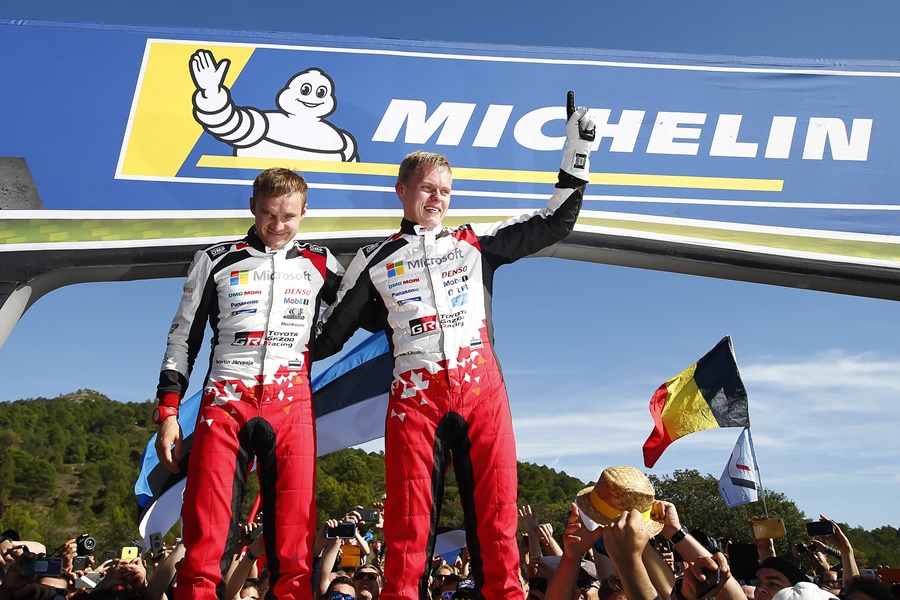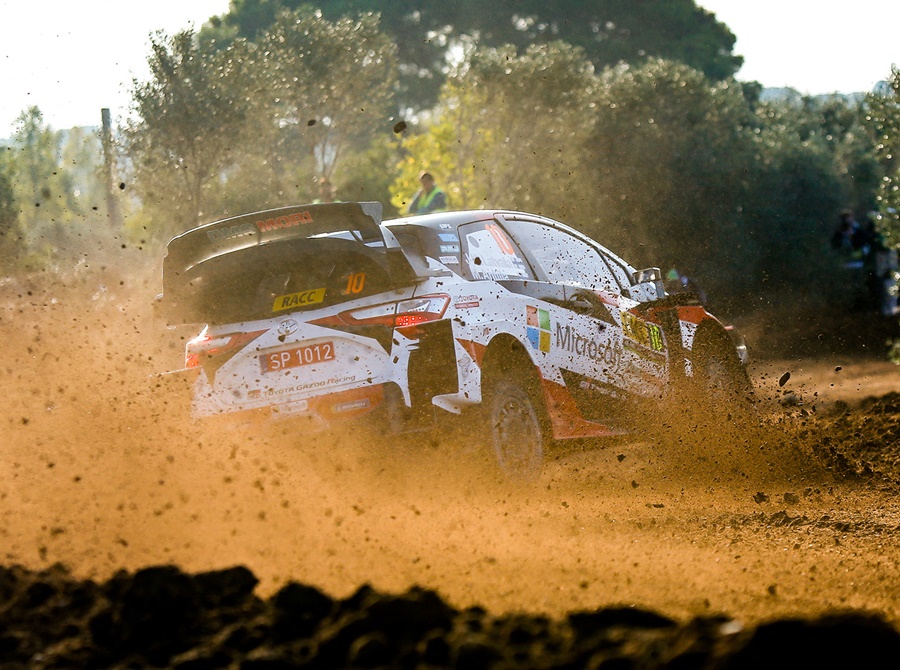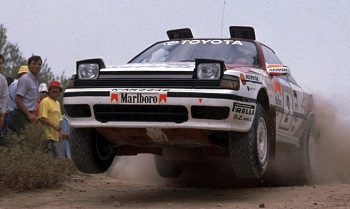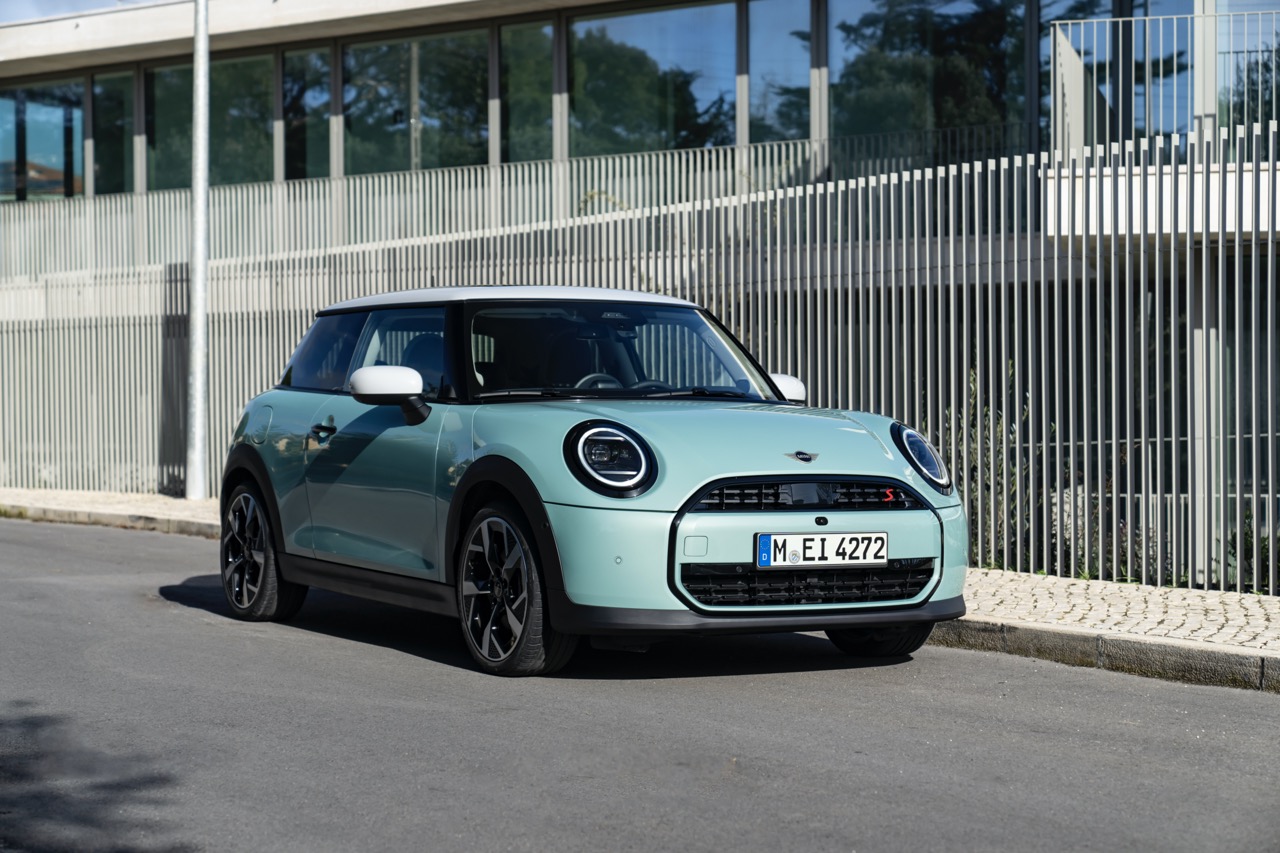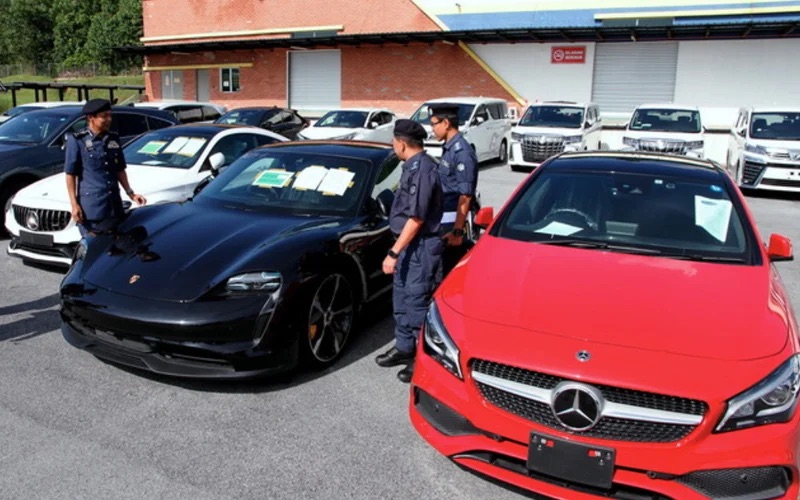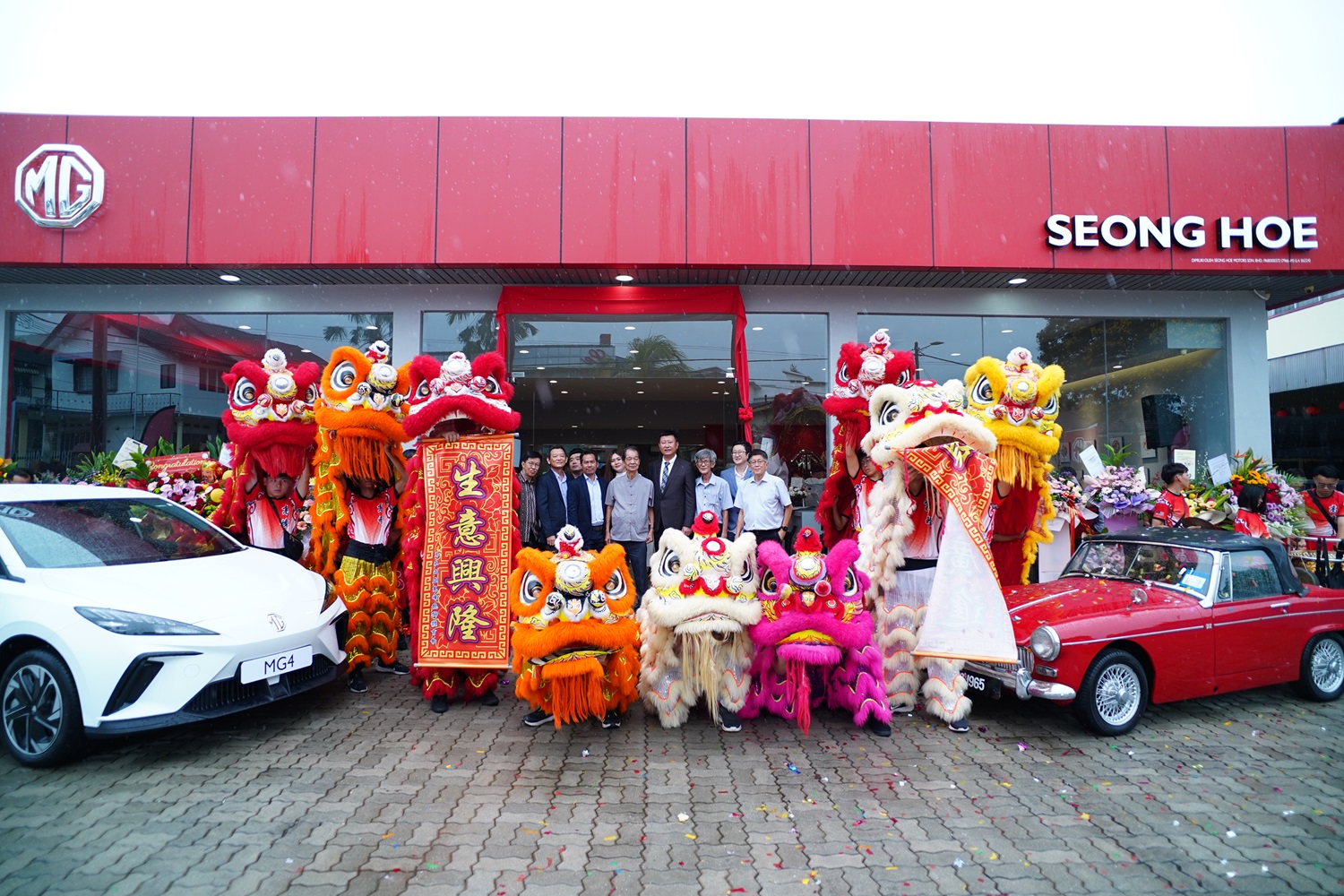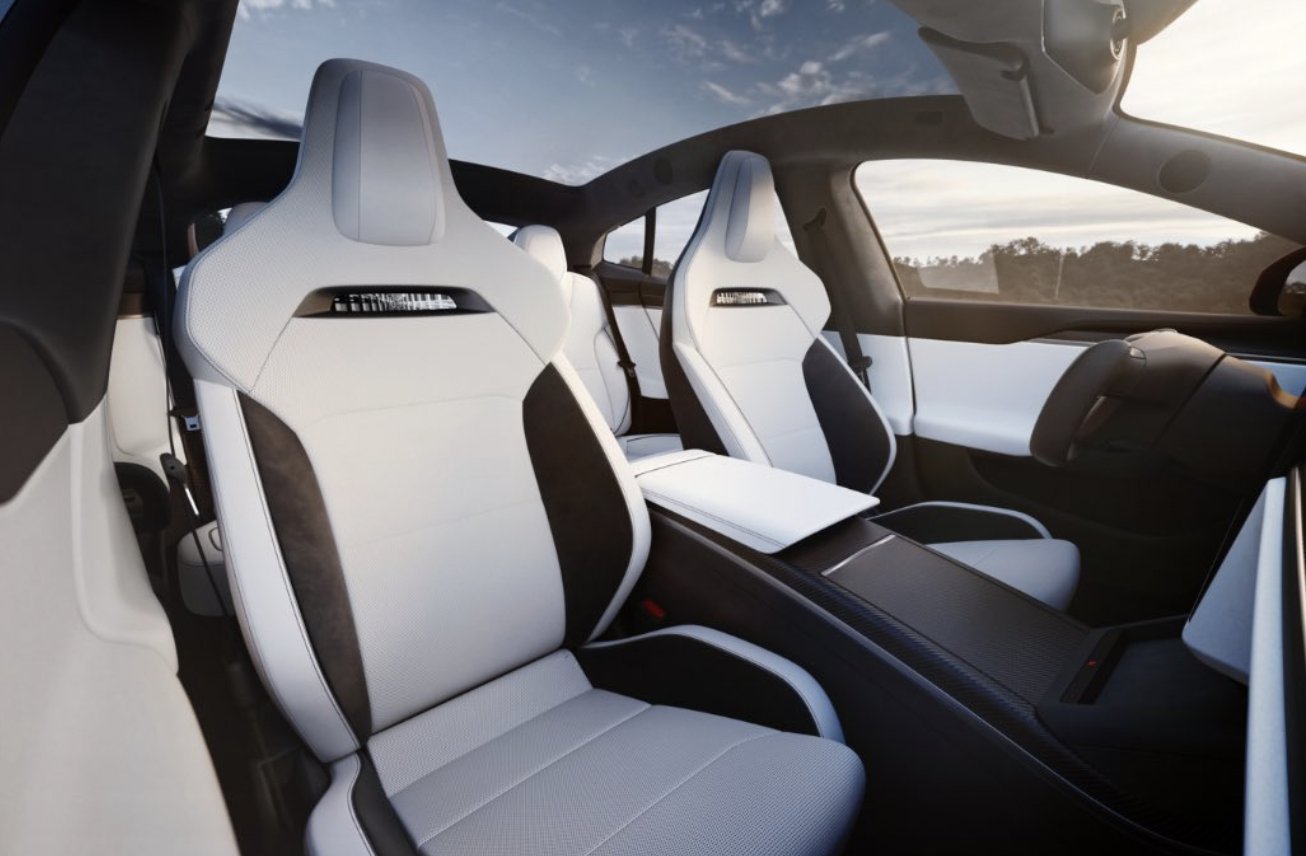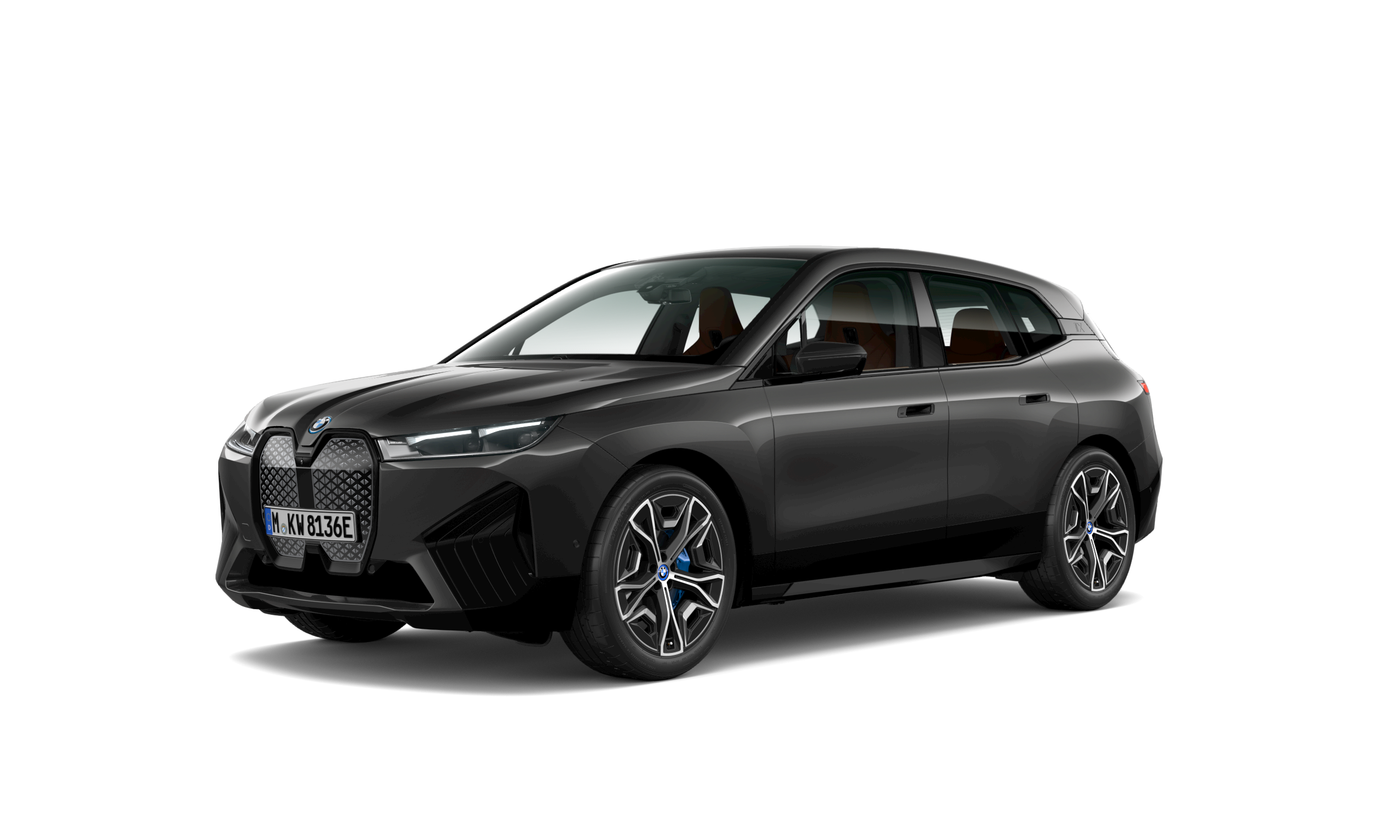Continuing to build up its high-performance GR range, Toyota GAZOO Racing (TGR) today unveiled the rally-inspired GR Yaris at the 2019 Tokyo Auto Salon. It is the second pure sportscar model to be launched for global markets by TGR, following last year’s return of the legendary Toyota GR Supra.
As well as serving as the official homologation model for development of the next Yaris WRC rallycar which will be entered in the World Rally Championship (WC), the GR Yaris is also available to customers for local rally events.
Sales of the GR Yaris start around mid-2020, and Toyota is now accepting online-only pre-orders (in Japan) for two special editions of the new model—the RZ First Edition and the RZ High-performance First Edition. Pre-orders will be accepted until June 30, 2020 (or for approximately 6 months). The price of the RZ First Edition is to be 3.96 million yen (equivalent to RM148,000) while the price of the RZ High-performance First Edition is to be 4.56 million yen (about RM170,000).
Presenting the GR Yaris at the 2020 Tokyo Auto Salon, GAZOO Racing President Shigeki Tomoyama said TGR is committed to using motorsport to refine its know-how and its personnel, with the aim of launching world-class production sportscars. “While the new GR Supra is a sportscar developed through track racing, the GR Yaris has been devised through our participation in rallies – something that many of our fans have been waiting for,” he said.
Akio Toyoda, President of Toyota Motor Corporation and Master Driver, added his personal view as well: “Toyota needs to get back a sportscar. I’ve always thought so.The 86 is my precious partner during rallies and races; Supra made a successful come back… but still, I have always wanted a sportscar purely made by Toyota. The reason we decided to come back to WRC was to build a sportscar by utilizing skills and technologies obtained through WRC. When we won the WRC Manufacturer’s title last year, I felt Toyota became recognized all over Europe, and that made me think that we must have a winning car to gain worldwide recognition as a true car manufacturer. This GR Yaris is the sportscar we made from scratch to win at world level,” said Akio Toyoda, President of Toyota Motor Corporation and Master Driver, at this morning’s launch.
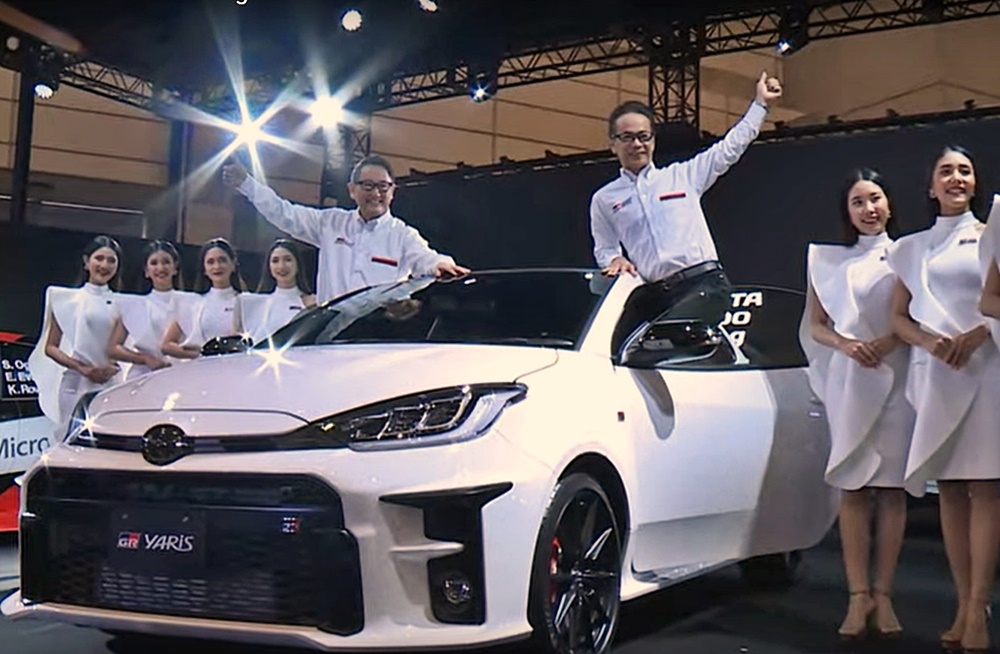
Heritage
Since rejoining the championship in 2017, Toyota won the Manufacturers’ Championship in 2018 and, with Ott Tanak, the Drivers’ Championship in 2019.
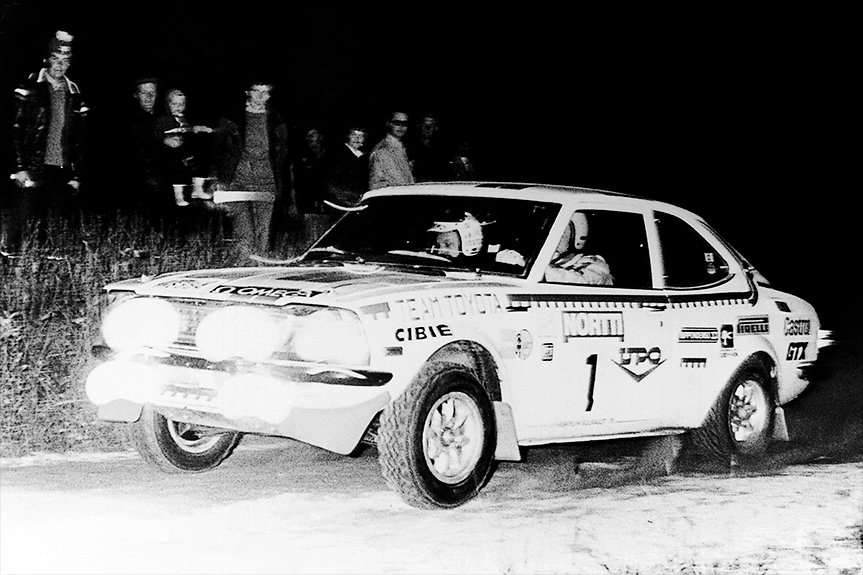
The new GR Yaris is Toyota’s first genuine AWD sportscar and its first homologation model for WRC competition since the Celica GT-FOUR in 1999. Across two generations and three models, the Celica GT-FOUR featured in Toyota’s most successful WRC campaigns, a golden age of rallying that brought the company 30 rally victories, 4 Drivers’ Championship titles and one Manufacturers’ Championship. In a reference to its illustrious predecessor and its AWD technology, the GR Yaris features a GR-FOUR logo on its tailgate.
To acquire WRC homologation, the base model of a vehicle to be entered in FIA events must have a continuous 12-month production volume of 25,000 units or more. As a homologation model, the GR Yaris will support the development of a new competition car for the TGR World Rally Team’s ongoing participation in the WRC.
Development Priorities
The WRC-skilled team of designers and engineers at Tommi Makinen Racing focused on perfecting the aerodynamics, weight distribution and light weight of the new car – the three qualities essential to achieving the best performance and drivability.
A lower roofline improves the car’s ability to cut through the air, while positioning the new engine further back towards the centre of the car and locating the battery in the boot helped produce a better chassis balance for improved handling, stability and responsiveness. The new platform allows for a wider rear track with reinforcements beneath the side members to ensure the suspension’s performance potential can be realised.
The bodyshell is made from lightweight materials including carbonfibre polymer and aluminium for an impressive power-to-weight ratio. As a result, the GR Yaris has the power of a C-segment performance hatch but the weight of a B-segment machine (kerb weight 1,280 kgs). Its power-to-weight ratio of only 6.7 kgs per kilowatt helps deliver 0-100 km/h acceleration said to be less than 5.5 seconds and an electronically limited top speed of 230 km/h.
The all-new 1.6-litre engine
The GR Yaris engine is an all-new, 3-cylinder turbocharged unit with a displacement of 1618 cc. Drawing on motorsport technologies to maximise performance, it has multi-oil jet piston cooling, large-diameter exhaust valves and a part-machined intake port. It also features a single-scroll ball-bearing turbo and is mated to a 6-speed manual transmission, engineered to accommodate high torque levels.
The compact lightweight DOHC 12-valve engine produces a maximum 272 ps/370 Nm to achieving a strong power-to-weight ratio which was a key objective to help meet the GR Yaris’ performance targets.
GR-FOUR All-Wheel Drive System
The new GR-FOUR AWD system optimises drive power to each wheel while also being simple and lightweight. The distribution of torque between the front and rear axles is governed by a high-response coupling. The ingenious system uses slightly different gear ratios for the front and rear axles and allows for a theoretical range of front/rear torque balance from 100:0 (full front-wheel drive) to 0:100 (full rear-wheel drive).
This flexibility gives a performance advantage over AWD on-demand systems that use twin-coupling or permanent AWD systems with a centre differential. The GR FOUR system is also considerably lighter in weight.
The driver can adjust the system’s performance to suit their preference or the driving situation using an AWD mode dial switch. In each of the 3 modes available, the torque balance will automatically adjust in response to the driver’s inputs, vehicle behaviour and road or track conditions.
Dedicated Platform and Suspension
The GR Yaris has a new, dedicated platform that combines the front end of Toyota’s GA-B platform – debuting in the all-new Yaris in 2020 – with the rear of the GA-C platform. This allows for a new suspension design and accommodation of the AWD system. Where the standard new Yaris uses a torsion beam rear suspension, the GR Yaris has a double wishbone set-up, with every element optimised for performance. A MacPherson strut system is used at the front.
The First Editions
The RZ First Edition, based on the GR Yaris RZ grade, will have a customized front grille, front side diffusers, rear spoiler, and rear bumper all finished in matte black. The RZ High-performance First Edition, gets high-performance equipment to extend performance levels and included in the customized specifications are BBS forged aluminium wheels in matte black.
New GR Production Centre at Motomachi
Toyota has established a new production facility at its Motomachi factory with a line dedicated to manufacturing GR sportscars. As the volume of cars will not be as high as other Toyota models, the line employs new manufacturing methods to handle multi-type, small-volume production.
Instead of the traditional conveyor system, the body and assembly lines comprise several different cells connected by automatic guided vehicles. Production of each vehicle calls for a large number of manual processes, for which Toyota utilises a specialist team of skilled workers. The factory design and the talents of the workforce allow for high-precision assembly of highly rigid vehicle bodies to levels that are hard to achieve on standard production lines.


